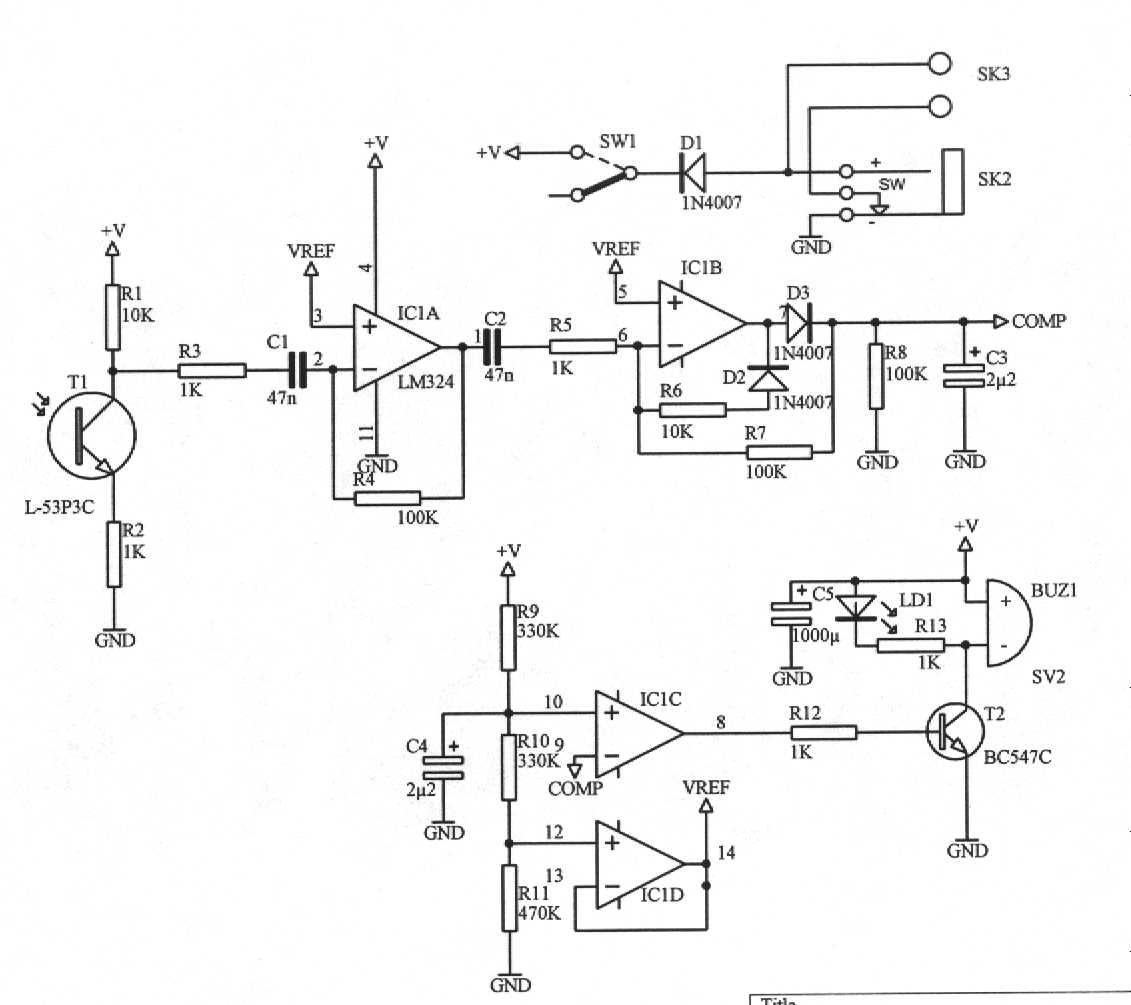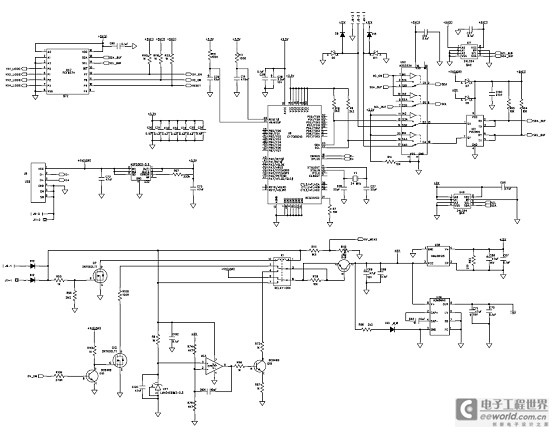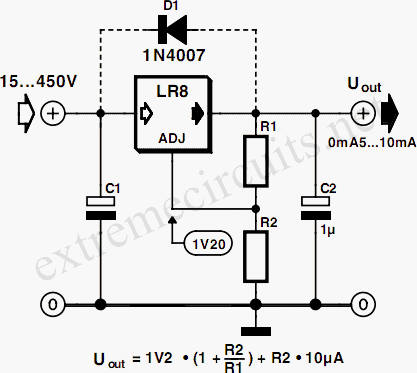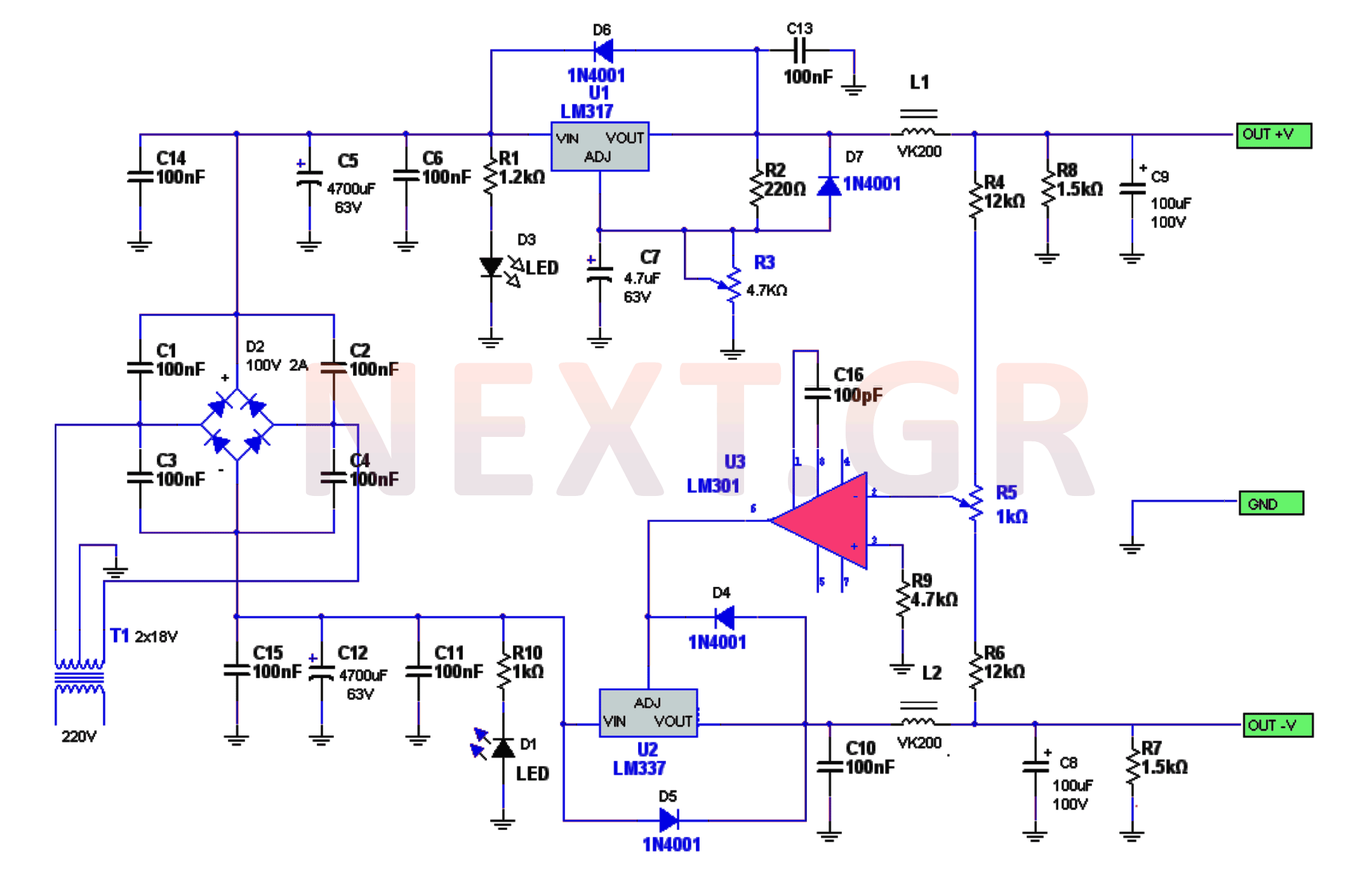
high capacity dc power relays

The value may vary based on the switching frequency, environmental conditions, and required reliability level; therefore, it is advisable to verify this with the actual load. The maximum ambient temperature represents the highest temperature that can meet the coil temperature rise specifications. Refer to "Usage, storage, and transport conditions" for additional information.
In electronic systems, relays are critical components that facilitate the control of high-power devices through low-power signals. The performance of a relay is influenced by several factors, including the switching frequency, which determines how often the relay can open and close the circuit. Environmental conditions such as temperature, humidity, and vibration can also significantly impact relay operation and reliability.
When assessing relay performance, it is essential to consider the maximum ambient temperature. This temperature threshold is crucial as it must not exceed the specified limits to avoid overheating, which could lead to coil damage or failure. The coil temperature rise is a key parameter, as it indicates how much the coil's temperature will increase above ambient levels when energized. To ensure optimal performance, it is recommended to conduct tests under actual load conditions to verify that the relay operates within its specified parameters.
Furthermore, users should consult the provided guidelines on "Usage, storage, and transport conditions" to ensure that the relay is handled correctly throughout its lifecycle. Proper storage and transport conditions can prevent damage and ensure that the relay functions reliably when deployed in a circuit.
Overall, understanding these parameters is vital for designing circuits that utilize relays effectively, ensuring that they meet the necessary performance and reliability standards in various applications.This value can change due to the switching frequency, environmental conditions, and desired reliability level, therefore it is recommended to check this with the actual load. The upper limit of the ambient temperature is the maximum temperature that can satisfy the coil temperature rise value.
Refer to "Usage, storage, and transport conditions" in Relays Cautions For Use - 6. AMBIENT ENVIRONMENT. 🔗 External reference
In electronic systems, relays are critical components that facilitate the control of high-power devices through low-power signals. The performance of a relay is influenced by several factors, including the switching frequency, which determines how often the relay can open and close the circuit. Environmental conditions such as temperature, humidity, and vibration can also significantly impact relay operation and reliability.
When assessing relay performance, it is essential to consider the maximum ambient temperature. This temperature threshold is crucial as it must not exceed the specified limits to avoid overheating, which could lead to coil damage or failure. The coil temperature rise is a key parameter, as it indicates how much the coil's temperature will increase above ambient levels when energized. To ensure optimal performance, it is recommended to conduct tests under actual load conditions to verify that the relay operates within its specified parameters.
Furthermore, users should consult the provided guidelines on "Usage, storage, and transport conditions" to ensure that the relay is handled correctly throughout its lifecycle. Proper storage and transport conditions can prevent damage and ensure that the relay functions reliably when deployed in a circuit.
Overall, understanding these parameters is vital for designing circuits that utilize relays effectively, ensuring that they meet the necessary performance and reliability standards in various applications.This value can change due to the switching frequency, environmental conditions, and desired reliability level, therefore it is recommended to check this with the actual load. The upper limit of the ambient temperature is the maximum temperature that can satisfy the coil temperature rise value.
Refer to "Usage, storage, and transport conditions" in Relays Cautions For Use - 6. AMBIENT ENVIRONMENT. 🔗 External reference





